As amateur radio operators, we often take for granted our ability to easily reach out to the far corners of the globe. A late evening QSO with Europe, while exhilarating, is by no means uncommon. We’ll regularly trade ‘fish stories’ about that crazy contact that we made on low power with a ramshackle antenna but rarely stop to think about just how strange a notion this would be to someone not familiar with our hobby. Double this effect for anyone not familiar with the principals of RF communication, and HF communication in particular.


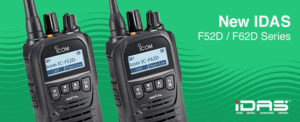
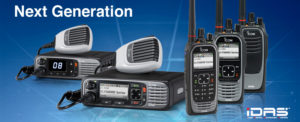
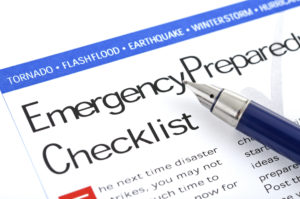
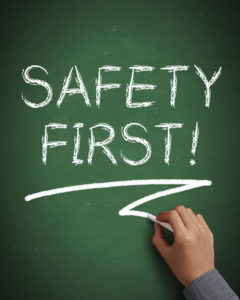
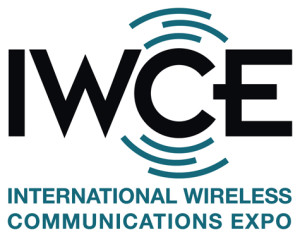

 For over 50 years, Icom has produced innovative radio products for a broad range of industries. Starting out with Amateur radios, Icom grew into Avionics, Marine and Land Mobile radios and systems. Today, Icom has distribution throughout the world – including 35 years in the Americas as
For over 50 years, Icom has produced innovative radio products for a broad range of industries. Starting out with Amateur radios, Icom grew into Avionics, Marine and Land Mobile radios and systems. Today, Icom has distribution throughout the world – including 35 years in the Americas as 